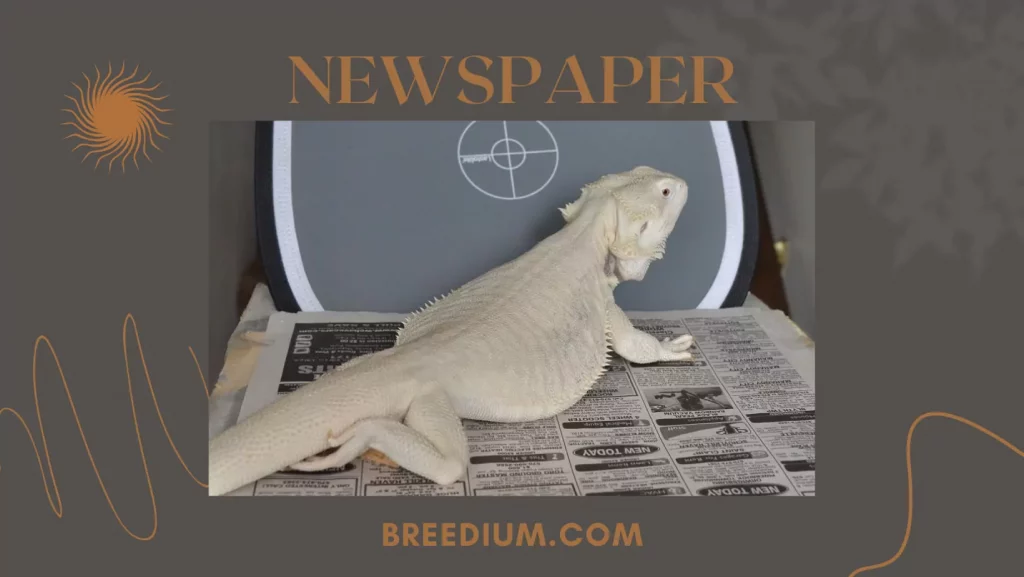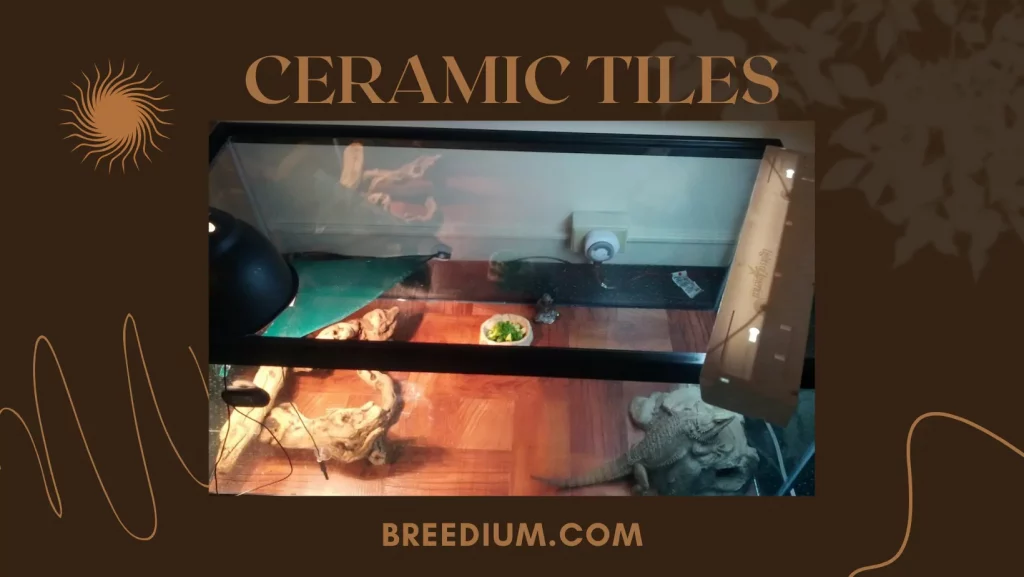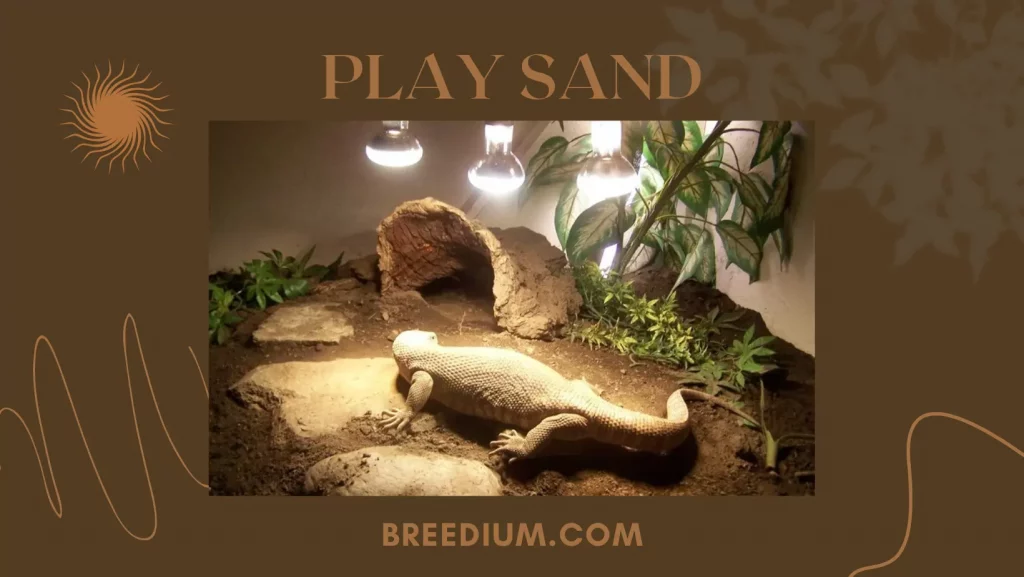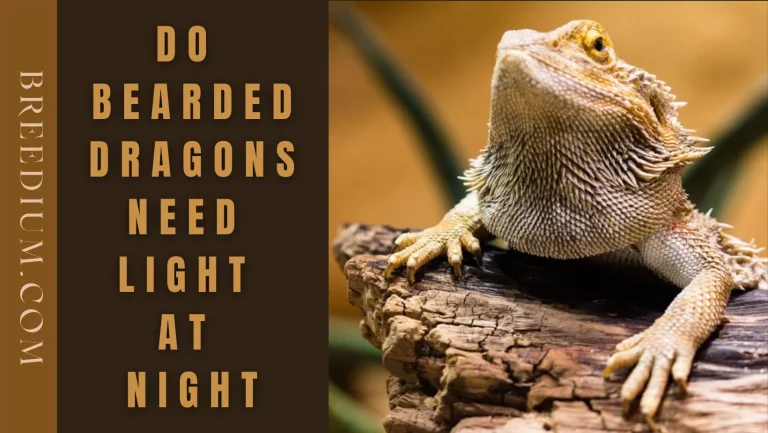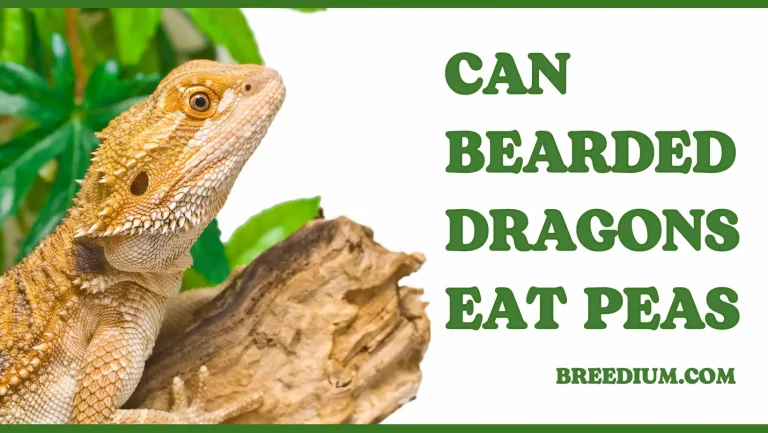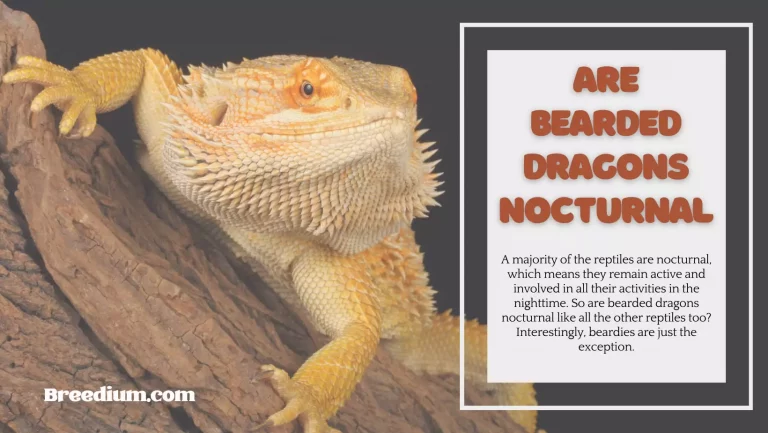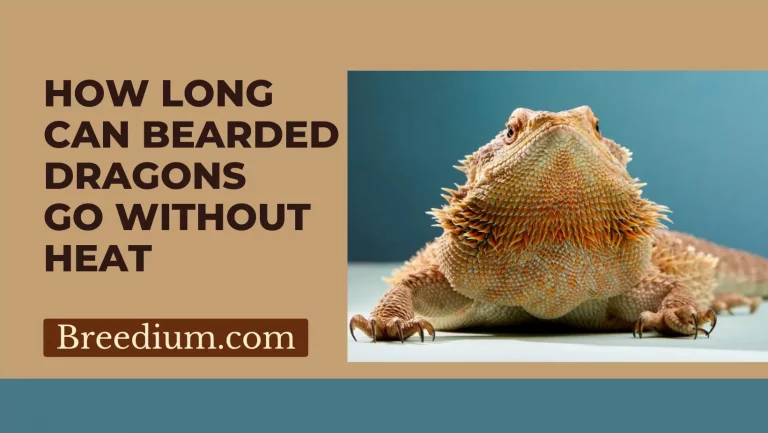6 Best Substrate For Bearded Dragons | Safe And Recommended Options 2024
One of the most difficult decisions to make after getting a pet as exotic as a bearded dragon is to create a suitable environment for it. It’s the job of the dragon owner to set the enclosure in the closest resemblance to its natural habitat. As these scaly lizards originate in Australia, the enclosure should have the optimum temperature, moderate humidity, sufficient UVB light, and the best substrate for bearded dragons.
A beardie is sure to grow healthy and happy if it is fed well and kept in an enclosure that is just like its original habitat in the wild. Although the dry branches, rocks, and boulders help to make the enclosure comfortable for the bearded dragon, it is the best substrate for bearded dragons that makes the deal. Find out Do Bearded Dragons Get Lonely.
What Is The Substrate For Bearded Dragons
A substrate is a bottom covering of the beardie’s enclosure or tank. The caretakers cover the floor of the tank to replicate the soil of the arid land in Australia (their homeland).
However, there are so many types of substrates in the market that it is quite overwhelming for dragon owners to decide on one. Not to mention, the varying prices, availability, and quality of the substrates. The importance of these substrates is so high, that dragon owners just can not ignore this part of the petting process.
Top 6 Substrate For Bearded Dragons
The most suitable substrate is one that is easy to clean, affordable, should not hold humidity, and resembles the natural desert-like land of arid regions. Unfortunately, it is not easy to choose the best substrate, as the most appealing one is expensive, or the cheap one can hold bacteria and may result in impaction, or maybe the one that is appealing, cheap, and easy to clean, is not suitable for your dragon. Therefore, you must pick the best substrate carefully.
Here we will discuss the substrates that are available for bearded dragons to help you decide the best one. Each substrate has its pros, cons, and price that differ from the others. Choose the best substrate for your bearded dragon according to your priority.
Reptile Carpet
A reptile carpet is considered the best substrate by many experts and bearded dragon owners. It is a plastic or specially designed cloth that is made specifically for the tanks of bearded dragons. It comes in a variety of patterns, materials, textures, and colors. It can be plain or textured with rocks, or grass.
There are also brown, green, and tanned reptile carpets according to the texture of the bearded dragons. It is the best substrate for a bearded dragon whether it is a baby or an adult. It is the closest in resemblance with the real habitat of the beardie. You can use the reptile carpet for years as it can withstand high temperatures and rough handling.
People often use cheaper alternatives to reptile carpets, like fake grass, and linoleum, but both of them do not help in maintaining low humidity and holding bacteria. However, the cleaning process of the reptile carpet is very painstaking as the carpet has to be taken out completely, intensively washed, and then it takes almost 2 hours to air dry. Also, read What Temperature Does A Bearded Dragon Need.
- Pros
- Easy to install
- Long-lasting
- Variety of patterns
- Safe
- Cons
- The time-consuming and intensive cleaning procedure
- Expensive
Newspaper
If you are looking for a cheap substrate, that is easily available and very light on the pocket, then this may be the choice for you. Newspapers or paper towels are commonly used by dragon owners. Newspapers do not affect the humidity of the tank and also withstand high temperatures easily. They are very absorbent and also can easily be replaced.
Hatchlings, baby dragons, and juveniles are very comfortable on the newspaper or paper towel substrate, as they are not heavy and do not tear it away. However, newspapers are not eco-friendly and give a very artificial look that is not appealing to the bearded dragon. But if you do not care much about appearance and want to save money then newspaper substrate is the best option for you.
- Pros
- Low-cost substrate
- Easily replaceable
- Cons
- Not durable
- Artificial appearance
Ceramic Tiles
Ceramic tiles are the best substrates for dragon owners who wish to have eco-friendly and natural-looking tank flooring. Ceramic tiles can be wiped clean using a cloth, sanitized, and spot-cleaned easily. In addition, they do not absorb moisture either.
It is long-lasting as it is an excellent conductor of heat, and does not wear or tear. However, substrate tiles are quite difficult to cut into the tank’s dimensions for the installation process as they are not made for reptiles.
- Pros
- Cheap
- Eco-friendly
- Attractive
- Easy to clean
- Cons
- Difficult installation
Alfalfa Pellets
Loose substrates are not the best choice as they may result in health concerns like impaction. However, there are some advantages of Alfalfa pellets that can be useful as a substrate. Alfalfa pellets are fed to rabbits and other animals but are layered in the enclosures of bearded dragons as they are easily available, have good texture, and are not very expensive.
However, Alfalfa pellets do not absorb humidity and if they become wet, they easily mold and can decompose soon. Therefore, owners have to keep replacing this substrate. The substrate can easily be bought in bulk and changed regularly.
Moreover, beardies eat these pellets usually, and although some of them digest it, some may not go with it well. This substrate might cause blockage and result in severe impaction.
- Pros
- Available in bulk
- Cheap
- Allows dragons to dig
- Cons
- Can cause impaction
- Becomes moldy
Wood Chips And Bark Chippings
These are other loose substrates that are very natural-looking in appearance, and easy to buy. Caretakers can layer this enough on the floor, and replace it often to ensure a hygienic environment. But again there is a risk of an impaction as the beardie is likely to eat the substrate, and the beardie may get uncomfortable if there are any splinters that harm the skin.
Moreover, the wood shavings or chips absorb too much moisture and so lower the humidity level more than the desired percentage. This can cause respiratory issues for the lizard. The only benefit of choosing this substrate is that it gives an amazing appearance to the enclosure.
- Pros
- Attractive appearance
- Cheap
- Allows the dragon to dig
- Cons
- Can cause impaction
- Absorbs humidity
Play Sand
People often use play sand as a substrate, because it is easy to clean, excellent for digging, and has a natural appearance. However, this substrate should not be used at all, as the sand available in pet stores is not the ideal sand for beardies.
Bearded dragons eat sand and therefore there are very high chances of impaction. It can cause severe health issues, as the loose play sand or calcium sand is not the type of compacted clay sand from the natural habitat of reptile lizards. It is best to avoid any type of sand while choosing the substrate for your dragon.
- Pros
- Cheap
- Easy to clean
- Natural appearance
- Cons
- Can cause severe impaction
- Has to be replaced regularly
Conclusion
There are many substrates available in the market for bearded dragons. The above-mentioned are the most common ones, in which the reptile carpet is considered the best one if one can afford it. However, every substrate comes with its pros and cons.
It is up to the caretaker to make his own decision prioritizing the cost, appearance, ease of cleaning, sustainability, and health of his loved pet. Also, find out How To Trim Bearded Dragon Nails.
Frequently Asked Questions
How often should I change the substrate?
The bearded dragon substrate should be strictly replaced every 2 weeks. Every substrate has a different cleaning method. Make sure your beardie is living in a hygienic environment to prevent fatal infections like yellow fungus infection, and also other bacterial diseases.
Can sand be used as a bearded dragon substrate?
No, it is a myth to use any kind of sand for flooring the beardie’s tank. This mistake is often made by new dragon owners who have little knowledge about substrates. Sand is eaten by beardies in search of calcium, so it can readily cause impaction and other severe digestive issues.
What substrate is best for bearded dragons?
All in all, the best choice for the bearded dragon substrate is the reptile carpet. It is natural-looking extremely safe and reliable for bearded dragons of every age. The variety of textures and colors can make the bearded dragon comfortable. It is easy to install, and an owner can buy two carpets so that one is replaced during the intensive cleaning.

Emma is a pet enthusiast, and her way with words makes her an expressive writer. Her interests lie in healthcare and planning nutrition for various pets. She has two girls, and she’s passing her passion to them through occasional volunteer projects in the small neighborhood zoo. Emma joined our team as an enthusiast and has added more years to her experience by researching more about various creatures!



